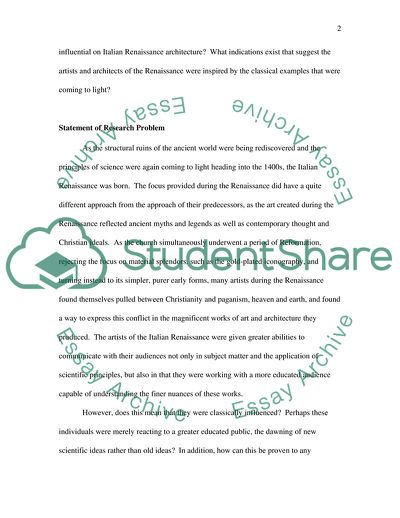Cite this document
(How Did the Antiquity Influenced the Italian Renaissance Urban Case Study, n.d.)
How Did the Antiquity Influenced the Italian Renaissance Urban Case Study. Retrieved from https://studentshare.org/culture/1716466-how-did-the-antiquity-influenced-the-italian-renaissance-urban-domestic-architecture-to-what-extent-were-classical-examples-the-main-source-of-inspiration-for
How Did the Antiquity Influenced the Italian Renaissance Urban Case Study. Retrieved from https://studentshare.org/culture/1716466-how-did-the-antiquity-influenced-the-italian-renaissance-urban-domestic-architecture-to-what-extent-were-classical-examples-the-main-source-of-inspiration-for
(How Did the Antiquity Influenced the Italian Renaissance Urban Case Study)
How Did the Antiquity Influenced the Italian Renaissance Urban Case Study. https://studentshare.org/culture/1716466-how-did-the-antiquity-influenced-the-italian-renaissance-urban-domestic-architecture-to-what-extent-were-classical-examples-the-main-source-of-inspiration-for.
How Did the Antiquity Influenced the Italian Renaissance Urban Case Study. https://studentshare.org/culture/1716466-how-did-the-antiquity-influenced-the-italian-renaissance-urban-domestic-architecture-to-what-extent-were-classical-examples-the-main-source-of-inspiration-for.
“How Did the Antiquity Influenced the Italian Renaissance Urban Case Study”, n.d. https://studentshare.org/culture/1716466-how-did-the-antiquity-influenced-the-italian-renaissance-urban-domestic-architecture-to-what-extent-were-classical-examples-the-main-source-of-inspiration-for.


